VIKA Dadhichi Neuro Centre
Empowering Independence — From Wheelchairs to Footsteps!
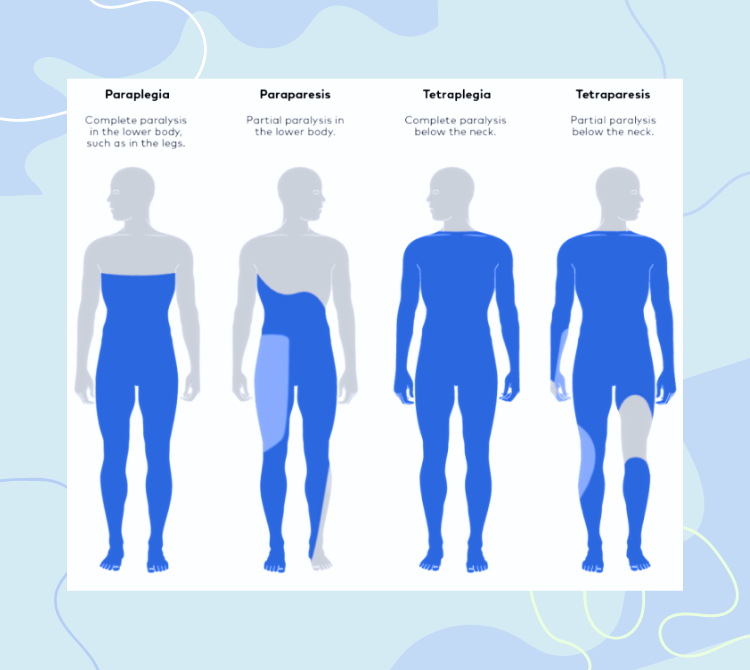
Spinal Cord Injury
Traumatic damage that causes severe sensory and motor impairment
Spinal Cord Injury (SCI) occurs when there's damage to the spinal cord, disrupting its ability to relay messages between the brain and body. Resulting from trauma, such as accidents or falls, SCI often leads to varying degrees of paralysis, impacting sensory and motor functions below the injury site. Symptoms range from partial weakness to complete loss of sensation and movement. The severity depends on the location and extent of the injury.
Paraplegia
Paralysis affecting the lower body below the waist
Paraparesis
Partial weakness or paralysis affecting the lower limbs
Tetraplegia
Paralysis of all four limbs and torso
Tetraparesis
Weakness or partial paralysis affecting all four limbs
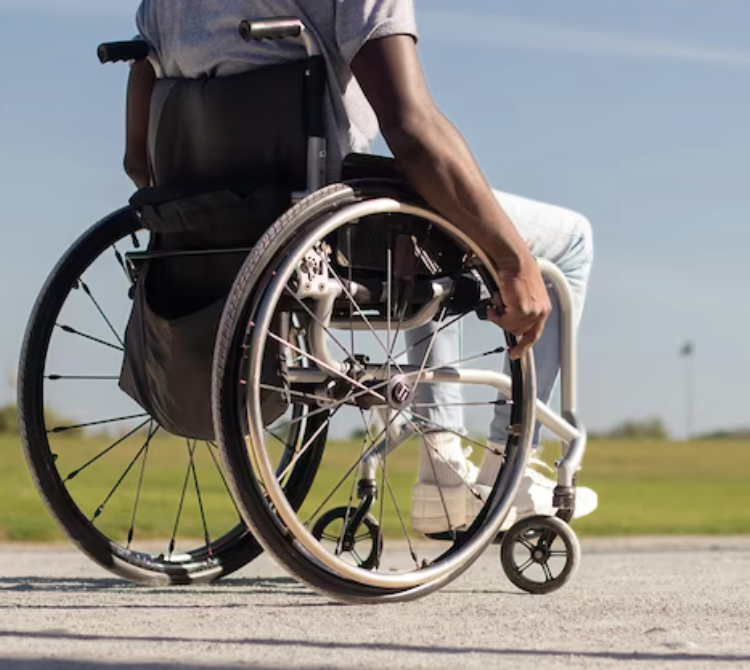
Spinal Cord Injury in India
The prevalence of spinal cord injuries (SCI) affects around 15 lakh individuals in India, representing a significant portion of the population with this challenging condition. Each year, the country witnesses the emergence of approximately 20,000 new cases of SCI, underscoring the pressing need for effective prevention and treatment strategies. What is particularly striking is that a substantial majority, that is 71% of these new cases, are males in age group of 16-30 years, signifying higher incidence in young, active and productive population of the society. Road-traffic accidents and abrupt fall from heights, among other factors, are identified as the primary causes of spinal cord injuries in civilians in India.
In 2018, the Director General of the Armed Forces Medical Service has mentioned that around 200 soldiers annually suffer motor disabilities due to injuries in the spinal cord and limbs, particularly those posted in the challenging glaciated terrains of the Northern borders of India. Among soldiers, spinal cord injuries stem from various sources including road accidents, blast injuries, bullet wounds, falls from heights, sudden falls into shallow water, and physical trauma inflicted by sharp objects, contributing to the prevalence of spinal cord injuries within military contexts.
READ MORE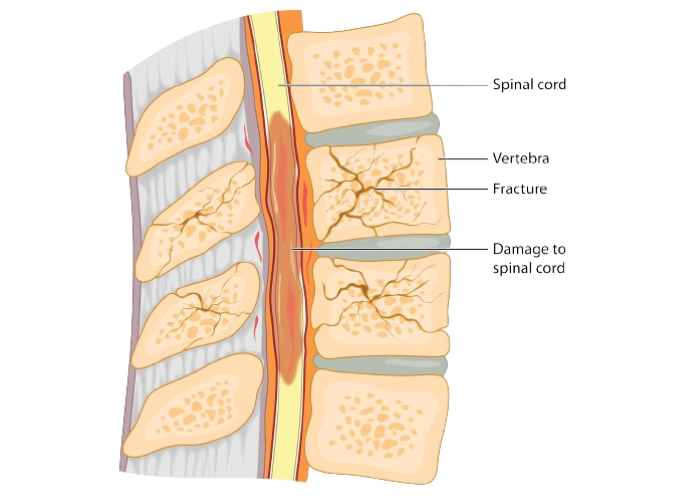
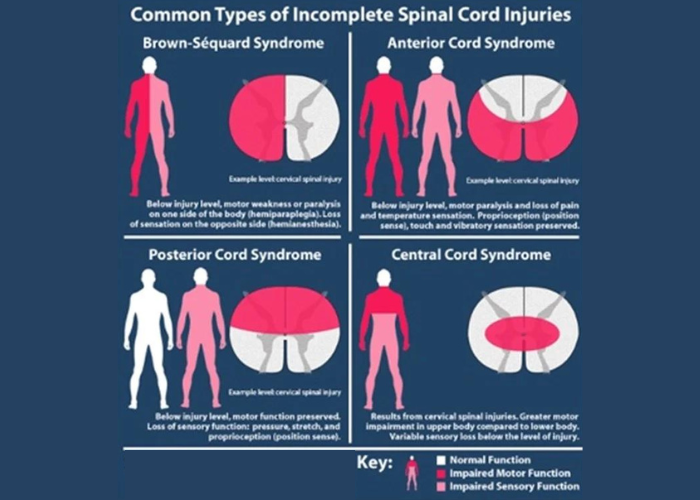
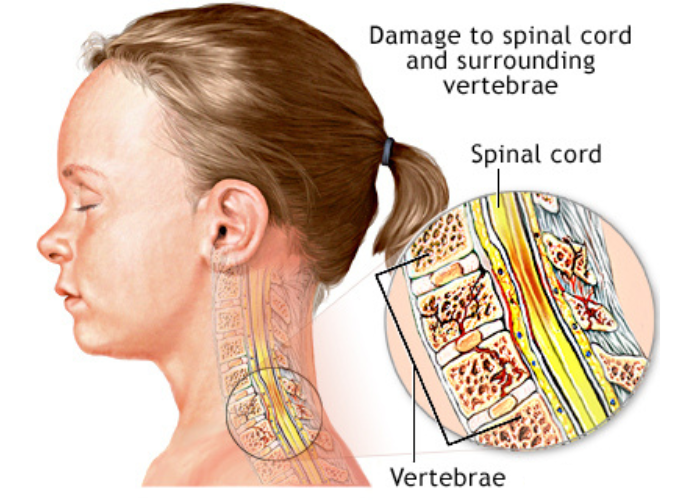
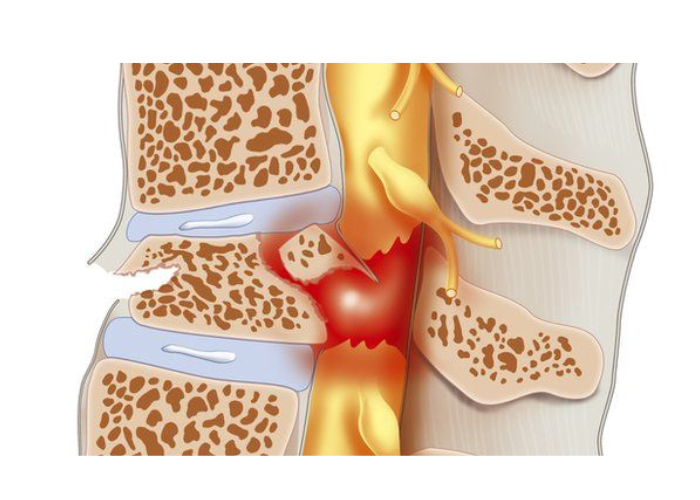
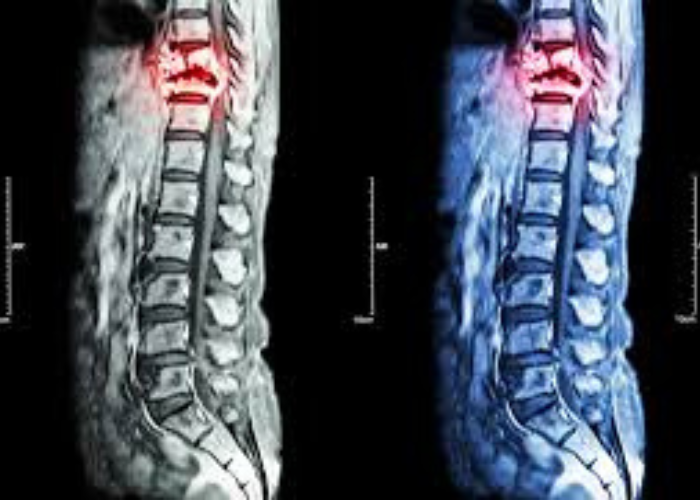
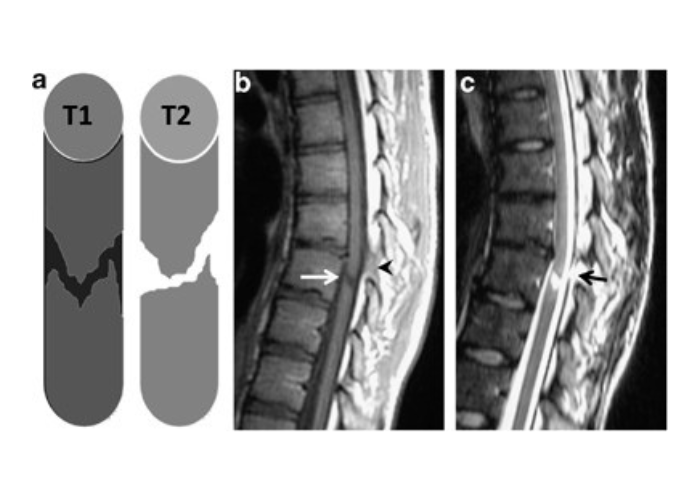
Levels of Spinal Cord Injury
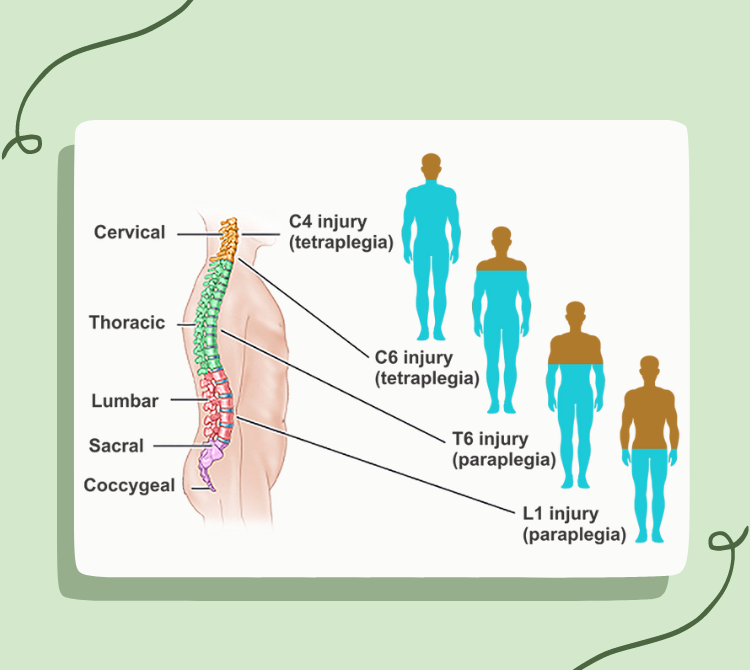
The spinal cord consists of distinct segments, each associated with specific functions. In general, SCI is classified based on the level along the spinal cord where the injury occurs. The spinal cord is divided into four major sections: cervical, thoracic, lumbar, and sacral. Each section corresponds to specific vertebrae and nerve functions.
Starting at the top, the cervical region encompasses the first seven vertebrae (C1-C7) and is situated in the neck area. Injuries to the cervical spine can have profound effects due to its proximity to the brain and involvement in controlling vital functions such as breathing and upper body mobility. Damage to the cervical region often results in tetraplegia, also known as quadriplegia, affecting all four limbs and potentially leading to paralysis of the arms, hands, trunk, legs, and pelvic organs.
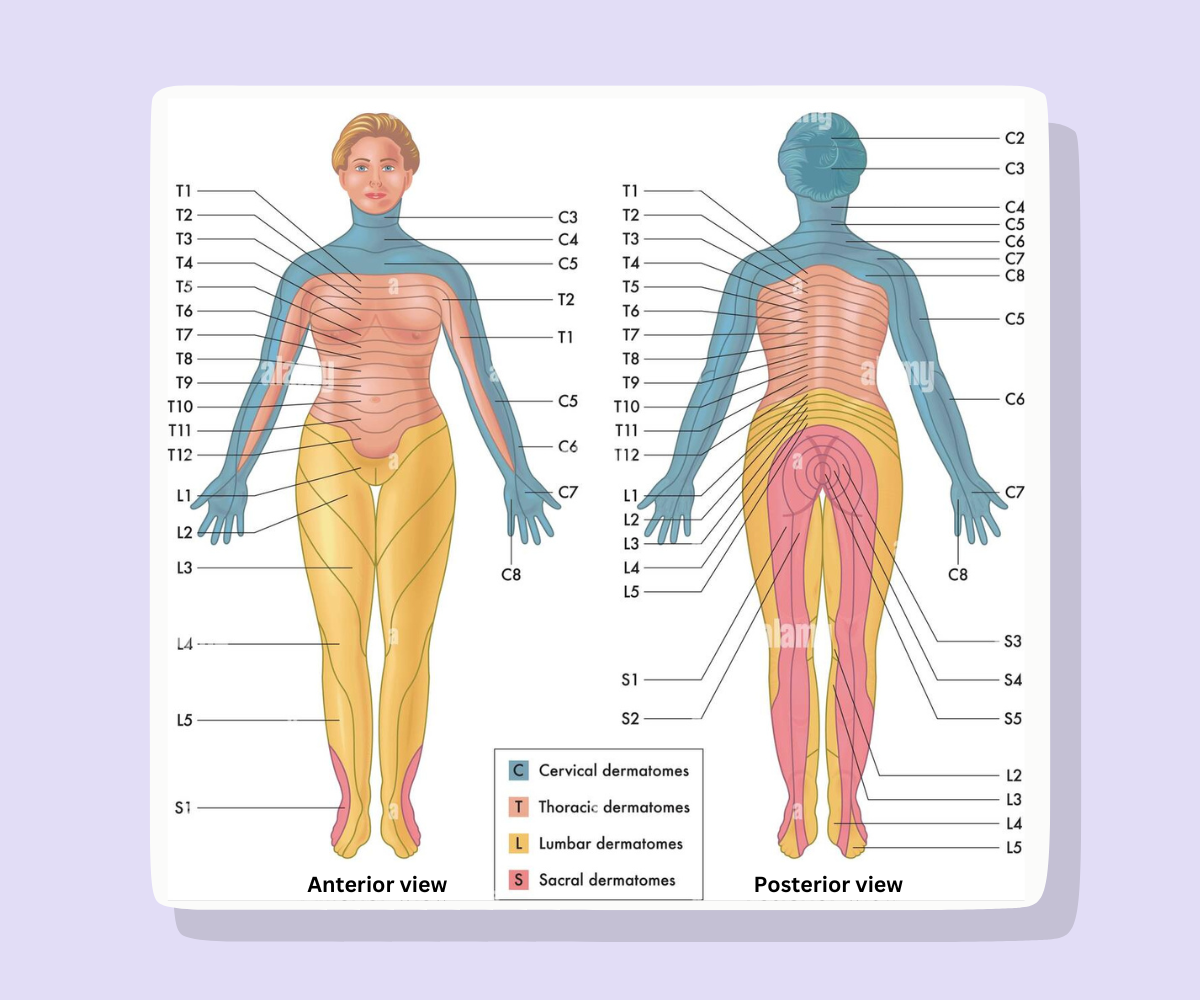
Moving down the spine, the thoracic region includes the next twelve vertebrae (T1-T12), located in the upper and mid-back. Injuries within this region typically result in paraplegia, affecting the lower body, including the legs and trunk. While arm and hand function are generally preserved in thoracic SCI, individuals may experience limitations in mobility and sensation below the waist.
Further down, the lumbar region comprises the five vertebrae (L1-L5) situated in the lower back. Injuries to the lumbar spine can also lead to paraplegia, affecting mobility and sensation in the lower body. However, compared to thoracic SCI, lumbar injuries may allow for greater preservation of function in the legs and trunk.
Lastly, the sacral region includes the five vertebrae (S1-S5) located at the base of the spine, near the pelvis. Injuries to the sacral spine typically result in varying degrees of impairment in bowel, bladder, and sexual function, as well as sensation and mobility in the hips and legs.
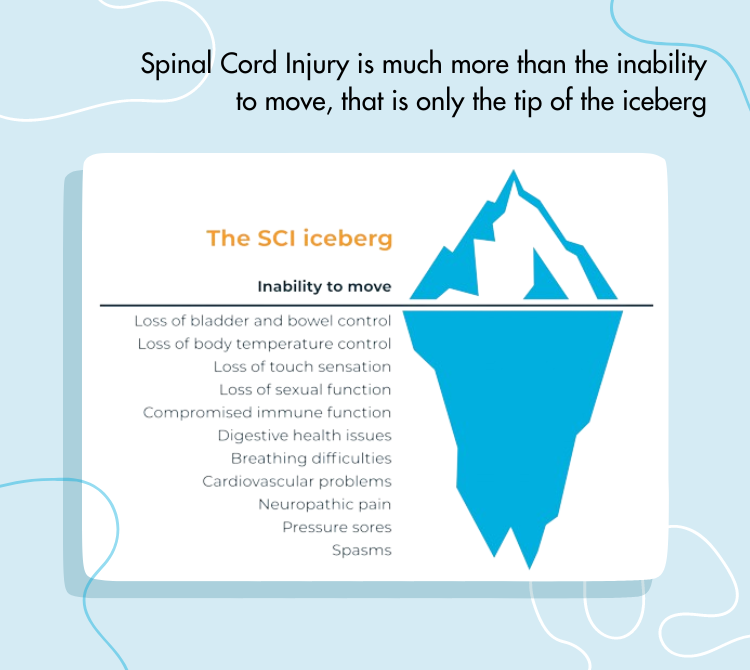
The mechanism of spinal cord damage involves three categories: Primary injury involves concussion, contusion, compression and penetration; Secondary injury involves oedema, ischemia, necrosis, apoptosis, and acute inflammation; while, Chronic injury involves glial scarring, cyst formation, chronic inflammation, and tethered cord.
Understanding the specific level of SCI is essential for prognosis, treatment planning, and rehabilitation. Medical professionals utilize imaging techniques such as magnetic resonance imaging (MRI) and computed tomography (CT) scans to assess the extent and location of spinal cord damage accurately.
Beyond physical impairments, SCI can have profound psychosocial impacts on individuals and their families. Adjusting to life with SCI often involves significant lifestyle changes, rehabilitation efforts, and support from caretakers, and society.
Recovery from Spinal Cord Injury is like a Marathon, Not a Sprint!
Explore
Legendary Spinal Cord Weapon of Bharat
Vajrayudha
The Celestial Weapon crafted from the spine of Maharishi Dadhichi
In the ancient tapestry of the world's oldest book — the 'Rig Veda', we find the saga of Maharishi Dadhichi and the bestowal of the Vajrayudha, the spinal cord weapon, resonates as a profound tale of altruism and unparalleled sacrifice. As per the legends, the malevolent serpent demon, Vritasura, inflicted turmoil upon the cosmos, his demise foretold to require a weapon forged from the spine of Maharishi Dadhichi.
Exemplifying boundless compassion, the sage willingly surrendered his mortal frame to facilitate the creation of the potent Vajrayudha. Crafted from his own vertebrae, this formidable weapon embodied the essence of his sacrifice. Wielded by the valorous king of Devas — Lord Indra, the Vajrayudha is a beacon of righteousness, and its thunderous might vanquishing the demon Vritasura and heralding peace throughout the realms.
Deeply rooted in the Indian culture, the VIKA Dadhichi Neuro Center derives its name from the venerable sage, symbolizing a beacon of hope dedicated to empowering and serving individuals afflicted by spinal cord injuries.
Our Services
We offer comprehensive treatment facilities for
Spinal Cord Injured Patients

Physical Therapy
Helps improve strength, flexibility, and mobility through tailored exercises, stretching, and functional training, aiming to enhance overall physical function
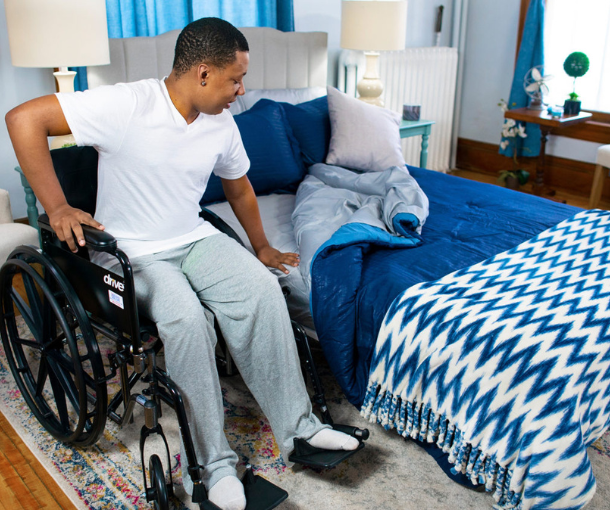
Occupational Therapy
Enhance ADL performance and daily activities through self-care training, adaptive equipment, and environmental modifications for individuals with SCI
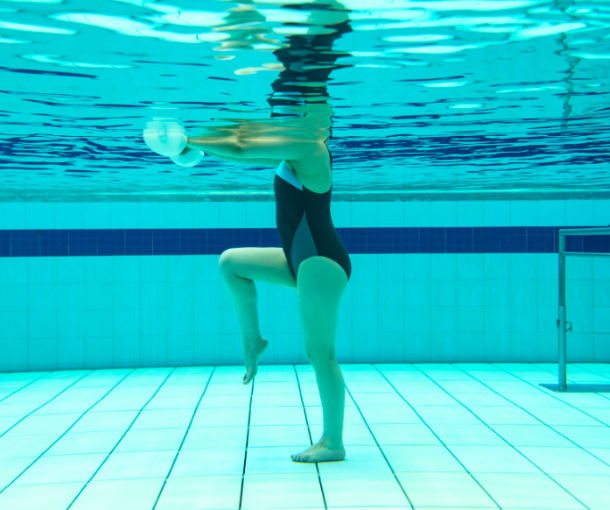
Aquatic Therapy
Involves underwater exercises where water's buoyancy reduces joint impact and helps in enhancing mobility and strength
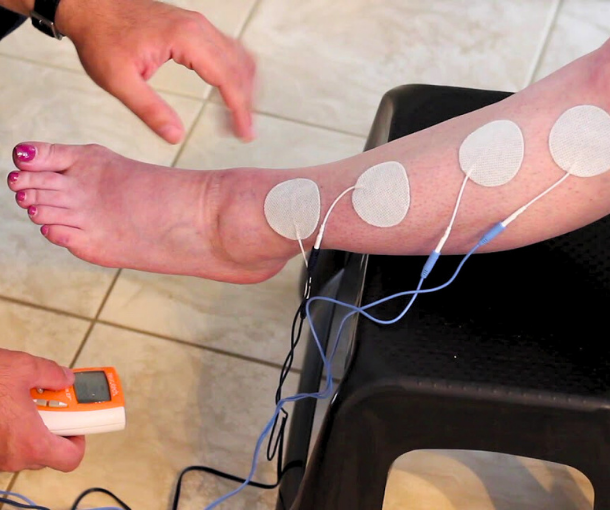
Functional Electrical Stimulation
FES stimulates paralyzed muscles with electrical currents, restoring movement and function. It aids in muscle strengthening, spasticity reduction, and assists in walking and object grasping

Motorized Tilt Table
This equipment allows controlled tilting of the patient's body, aiding in gradual transitions from horizontal to upright positions. With motorized precision, it enhances circulation, strengthens muscles, and improves coordination.
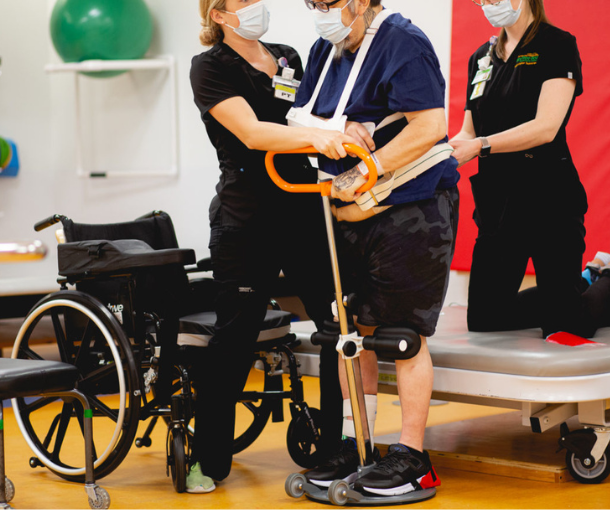
Constraint-Induced Movement Therapy
CIMT restricts the less affected limb while intensively training the more affected limb to promote its use and enhance function in individuals with neurological conditions
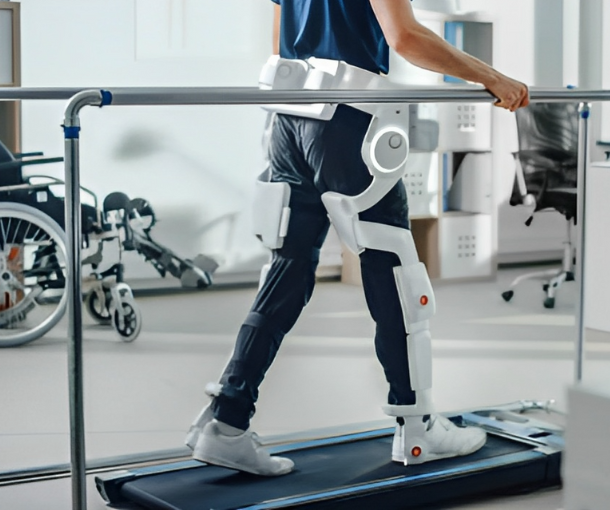
Robot-Assisted Gait Training
Utilizes Exoskeletons to aid in walking rehabilitation, enhancing strength, coordination, and motor control through repetitive, controlled movements
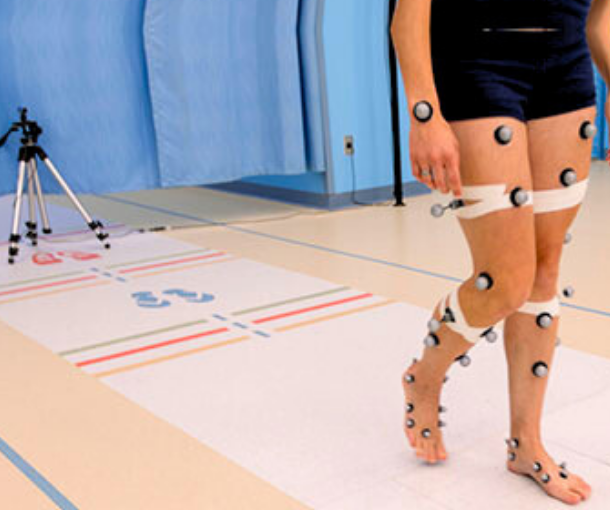
Motion Recognition
Involves using sensors and algorithms to interpret movement data, aiding in rehabilitation, monitoring, and enhancing independence for SCI patients
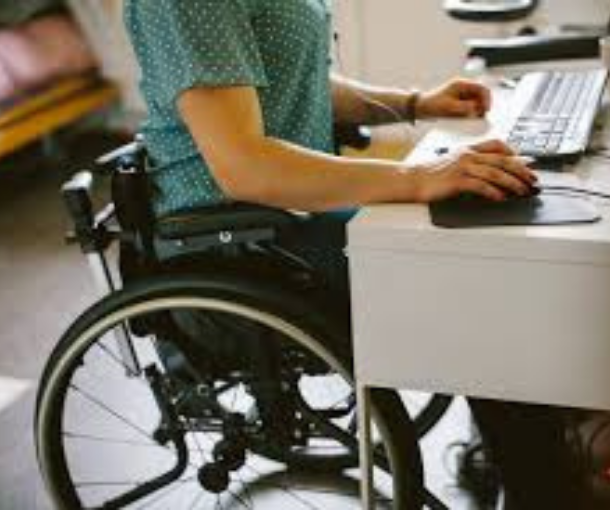
Vocational Training
Reintegrate SCI patients into the workforce by providing job training, upskilling, career counseling, and assistive technology for the workplace
Our Goal
Enabling SCI patients on Wheelchairs to Walk on their own Foot
An Exemplary Research for Enhanced SCI Recovery
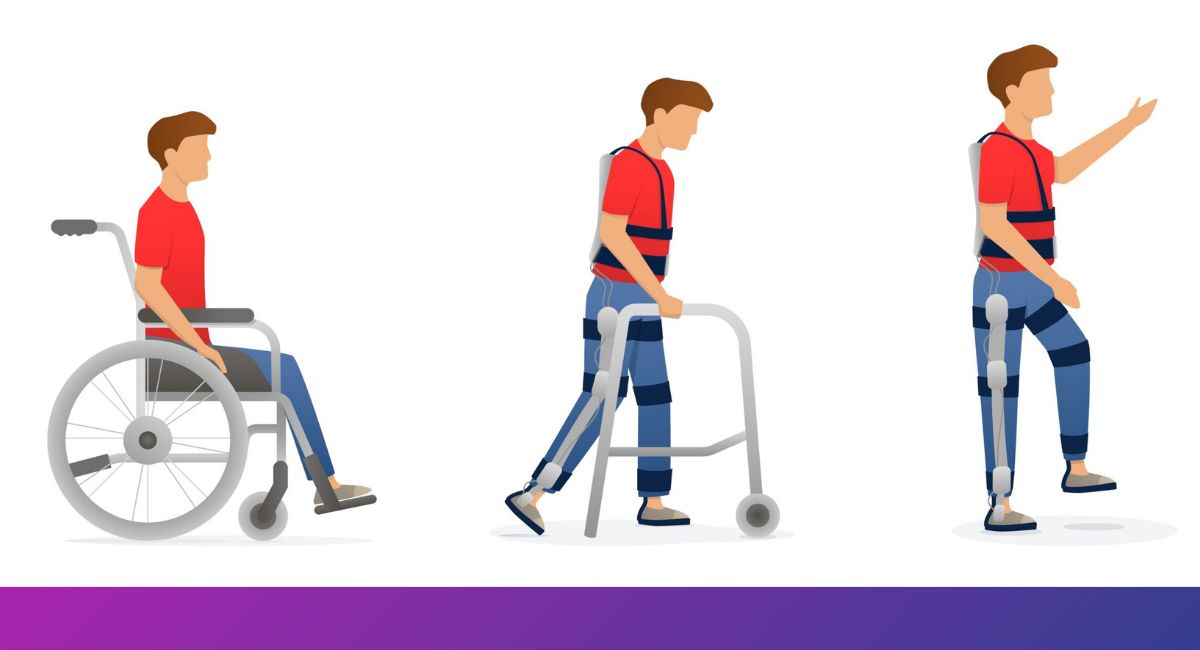
Research
In-house Multidiscplinary R&D Facility with Pioneering Cutting-edge Technologies
Rehabilitation
International Standard facility with highly advanced rehabilitation techniques & equipments
Raise
Hands-on training harnessing individual interests & holistic support for a financially stable future